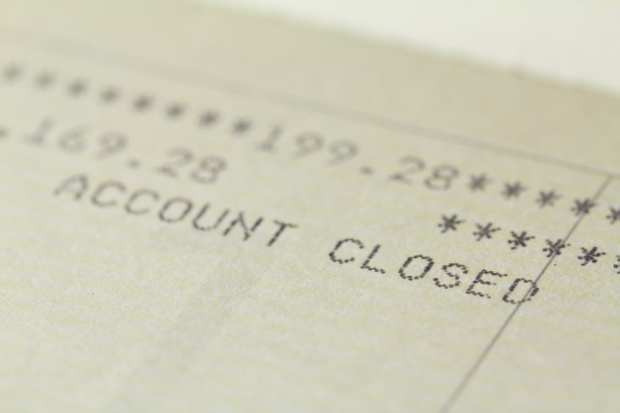FDIC: US Bankless Rate Set To Rise If Pandemic Continues

The number of Americans without bank accounts is expected to spike again in the wake of the coronavirus pandemic after hitting a low last year, according to a new report by the Federal Deposit Insurance Corp (FDIC).
U.S. households without checking accounts fell to 5.4 percent in 2019, the lowest since the FDIC began tracking this stat in 2009.
But a surge in unemployment triggered by the coronavirus-driven recession is likely to push those numbers back up again, the FDIC notes in its new report, How America Banks.
While the “full effects of the pandemic are far from known,” the “early evidence has shown a rapid and dramatic increase in the unemployment rate,” the report notes. “One effect of these conditions is likely to be an increase in the unbanked rate from its level just before the pandemic.”
The report does not offer any predictions on how many Americans are likely to wind up in the ranks of the unbanked.
However, the report does highlight numbers from the aftermath of the Great Recession that point to the possibility of a significant increase.
The unbanked rate jumped to 8.6 percent in 2011, up from 7.6 percent in 2009, according to the FDIC, which notes that the rate then fell 2.8 percent over the next eight years through 2019.
Past research, in turn, has shown a direct correlation to either the loss of a job or income and a household losing its ties to the banking system, the report noted.
The FDIC’s 2013 survey of Americans’ financial habits found that more than a third of people who became unbanked over the previous year had either lost a job or taken a hit to their paycheck.
In addition, volatility in earnings – which often increases during downturns – is also in general higher among households that are unbanked, according to the FDIC.
Among U.S. households whose income fluctuated month to month, the number of unbanked was 50 percent higher than those with more consistent incomes.
